Products
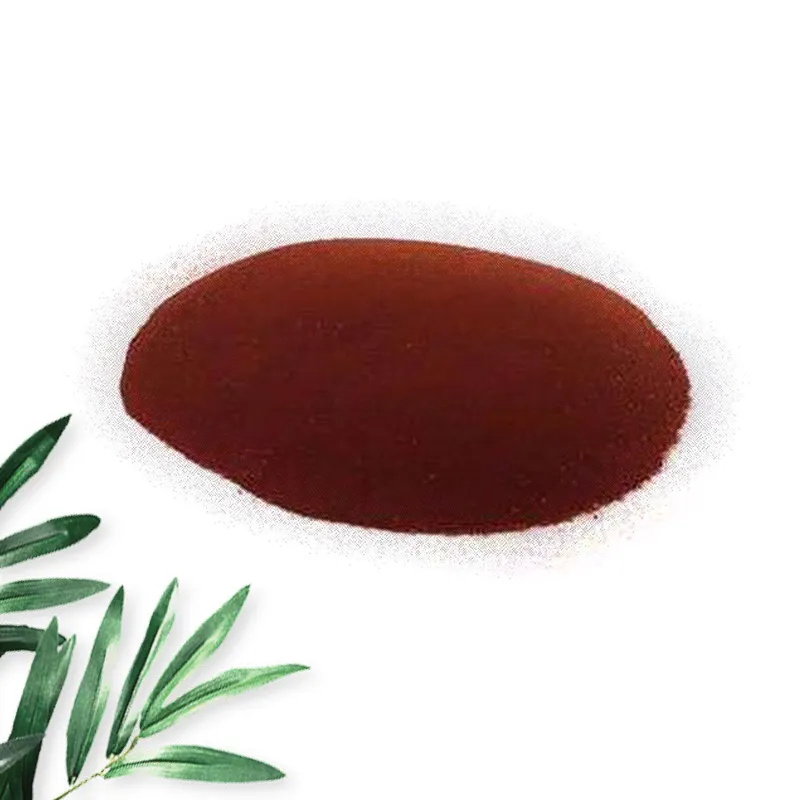
Ferrous Fumarate
Ferrous Fumarate occurs as a red-orange to red-brown powder. It may contain soft lumps that produce a yellow streak when crushed. It is soluble in water and in alcohol.
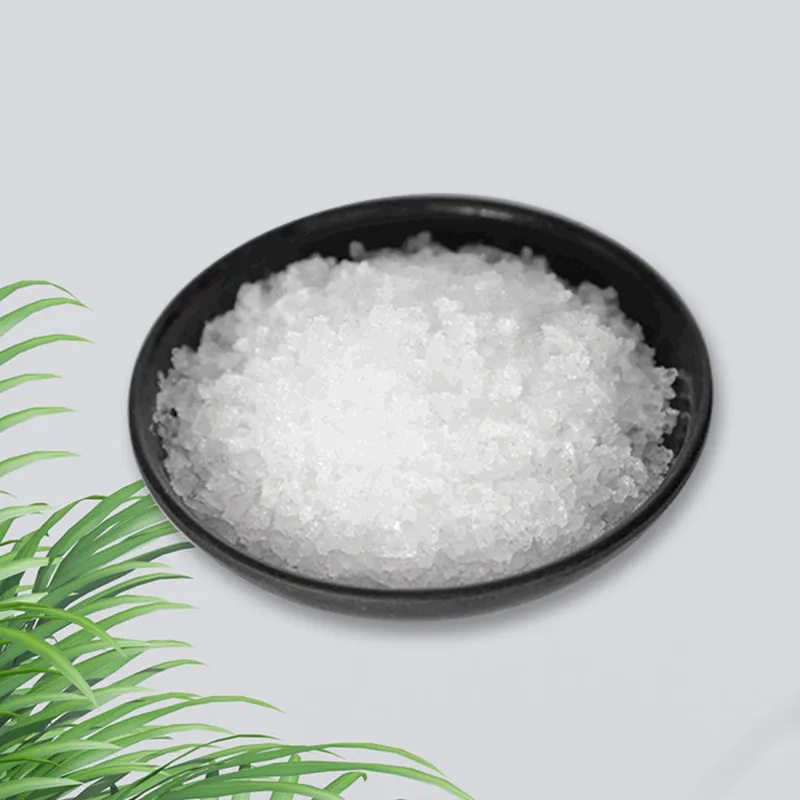
Potassium Gluconate
Potassium Gluconate occurs as a white or yellow-white, crystalline powder or granules. It is anhydrous or the monohydrate. It is freely soluble in water and in glycerin, slightly soluble in alcohol, and insoluble in ether.
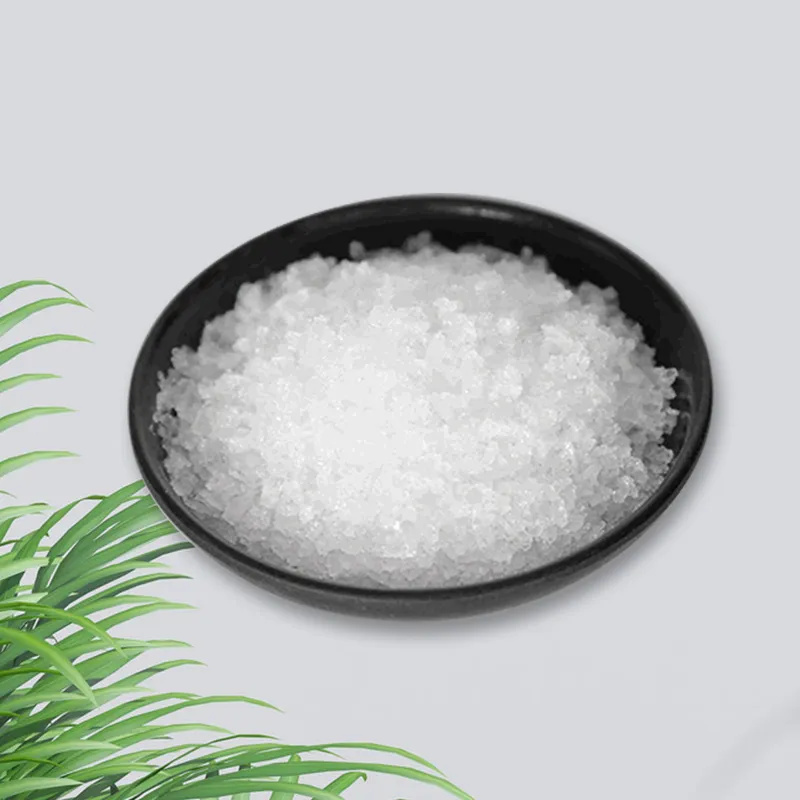
Calcium Gluconate
Calcium Gluconate occurs as white, crystalline granules or powder. It is anhydrous or contains one molecule of water of hydration. It is stable in air. One gram dissolves slowly in about 30 mL of water at 25° and in about 5 mL of boiling water. It is insoluble in alcohol and in many other organic solvents. Its solutions are neutral to litmus.

Magnesium Gluconate
Magnesium Gluconate occurs as a white to off white powder or granulate. It is anhydrous, the dihydrate, or a mixture of both. It is very soluble in water and is sparingly soluble in alcohol. It is insoluble in ether.
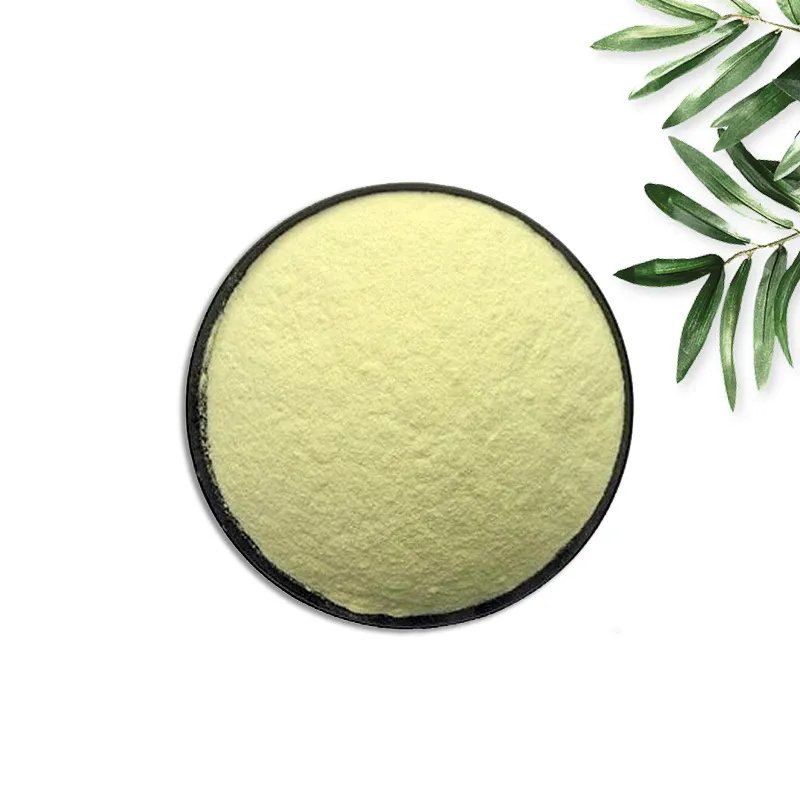
Ferrous Gluconate
Ferrous Gluconate occurs as a fine, yellow-gray or pale greenyellow powder or granules. One gram dissolves in about 10 mL of water with slight heating. It is practically insoluble in alcohol. A 1:20 aqueous solution is acid to litmus.
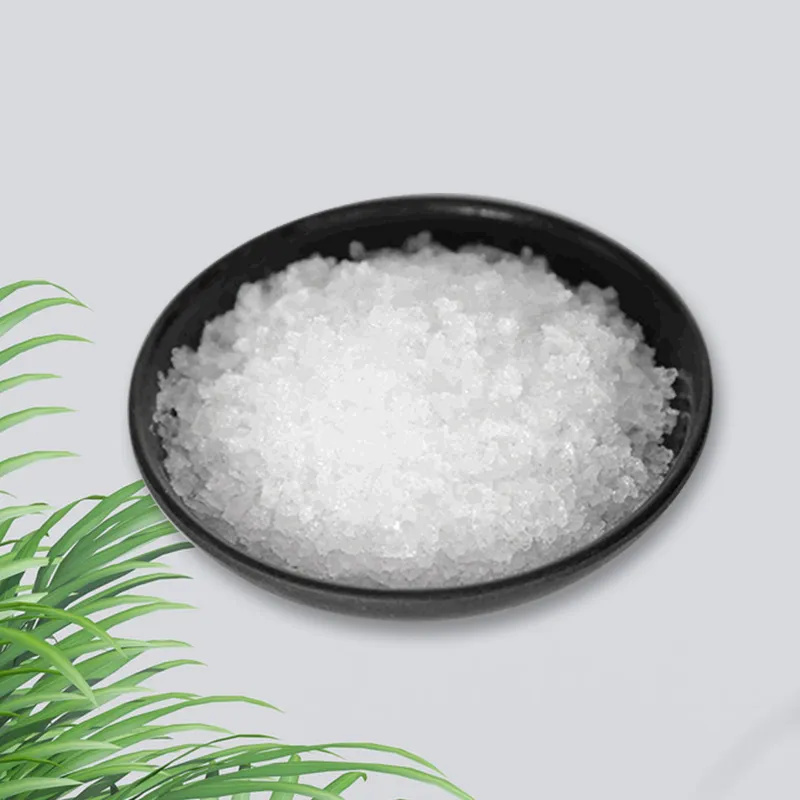
Zinc Gluconate
Zinc Gluconate occurs as a white or nearly white, granular or crystalline powder and as a mixture of various states ofhydration, up to the trihydrate, depending on the method of isolation. It is freely soluble in water and veryslightly soluble in alcohol.
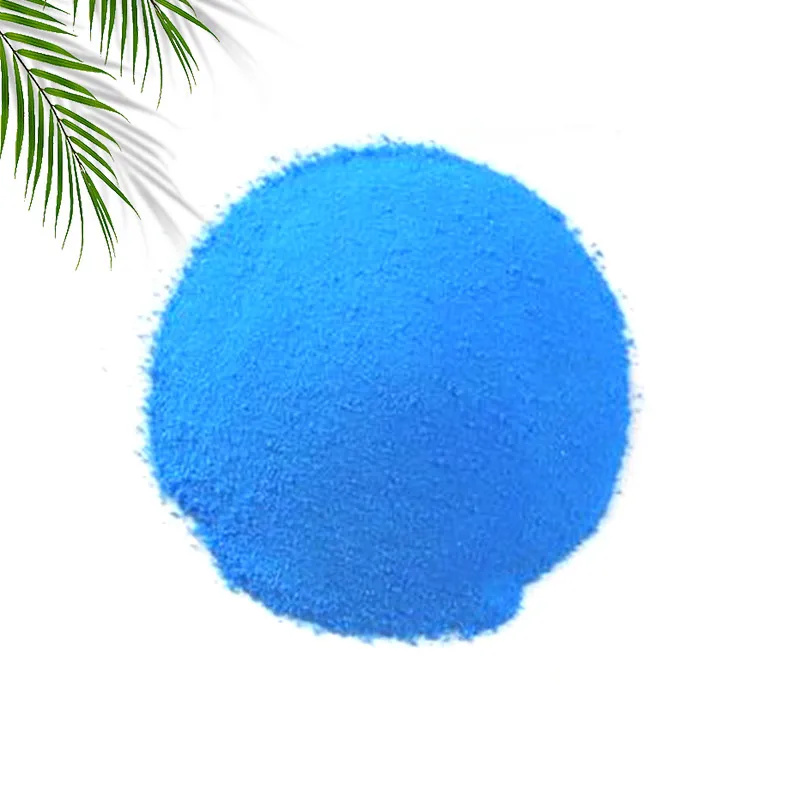
Copper Gluconate
Copper Gluconate occurs as a fine, light blue powder. It is very soluble in water, and is very slightly soluble in alcohol.
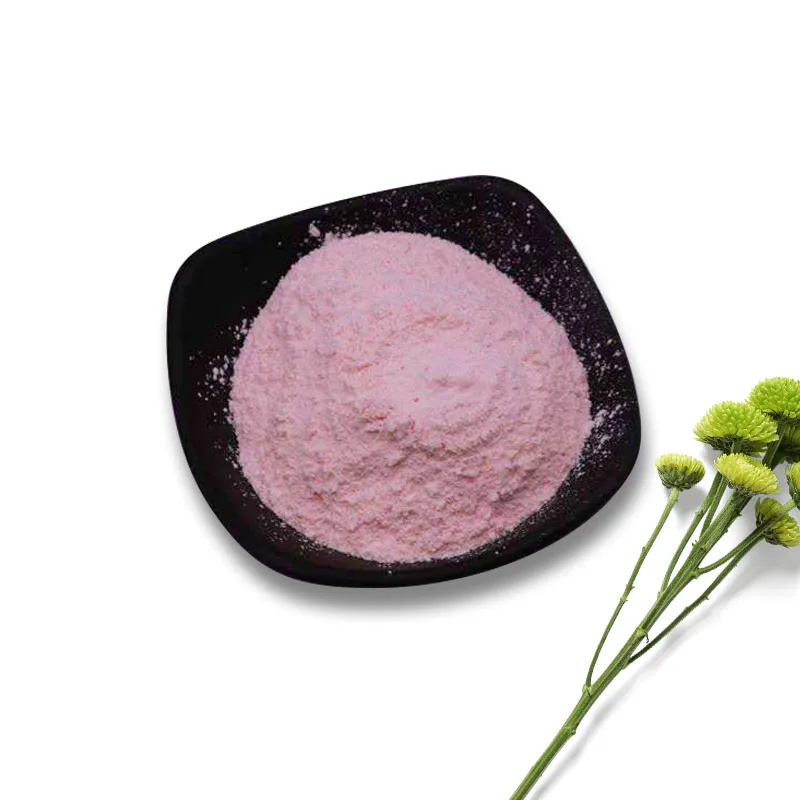
Manganese Gluconate
Manganese Gluconate occurs as a slightly pink powder. The anhydrous form is obtained by spray-drying, and the dihydrate is obtained by crystallization. It is very soluble in hot water and is very slightly soluble in alcohol.
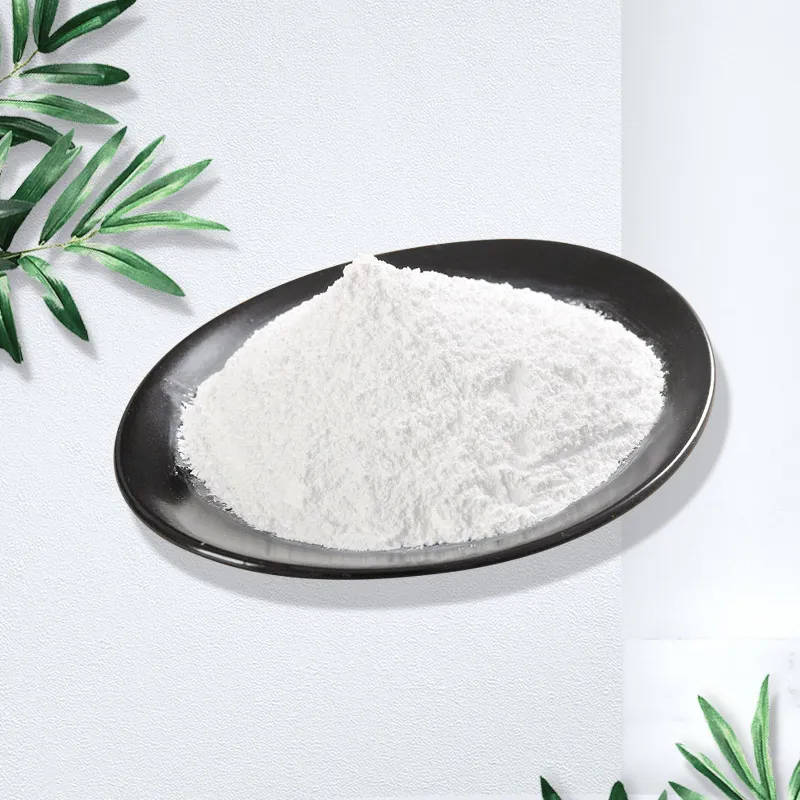
Zinc Dihydrogen Phosphate
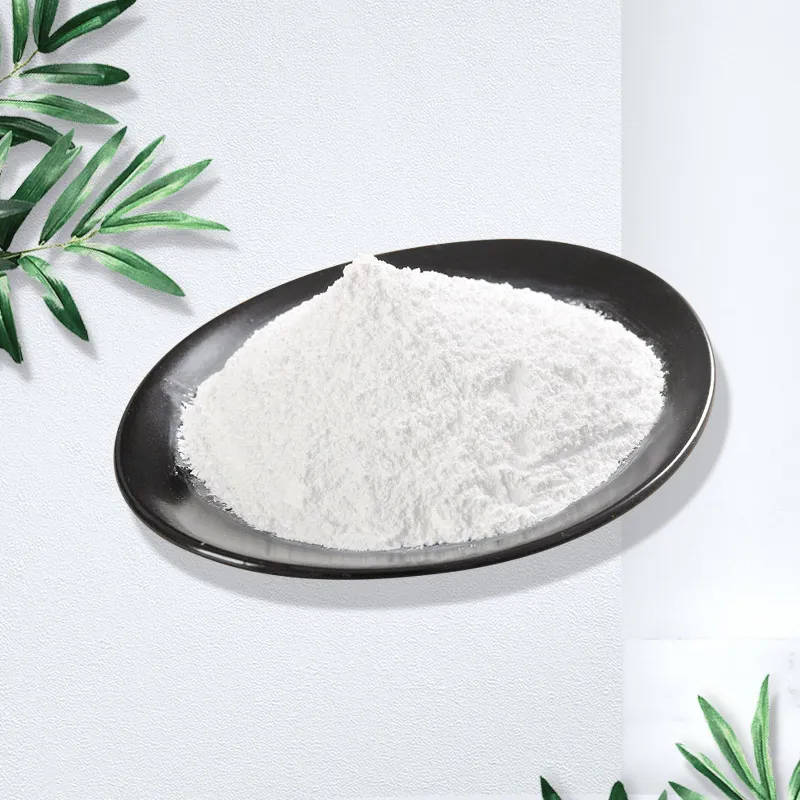
Monomagnesium Phosphate
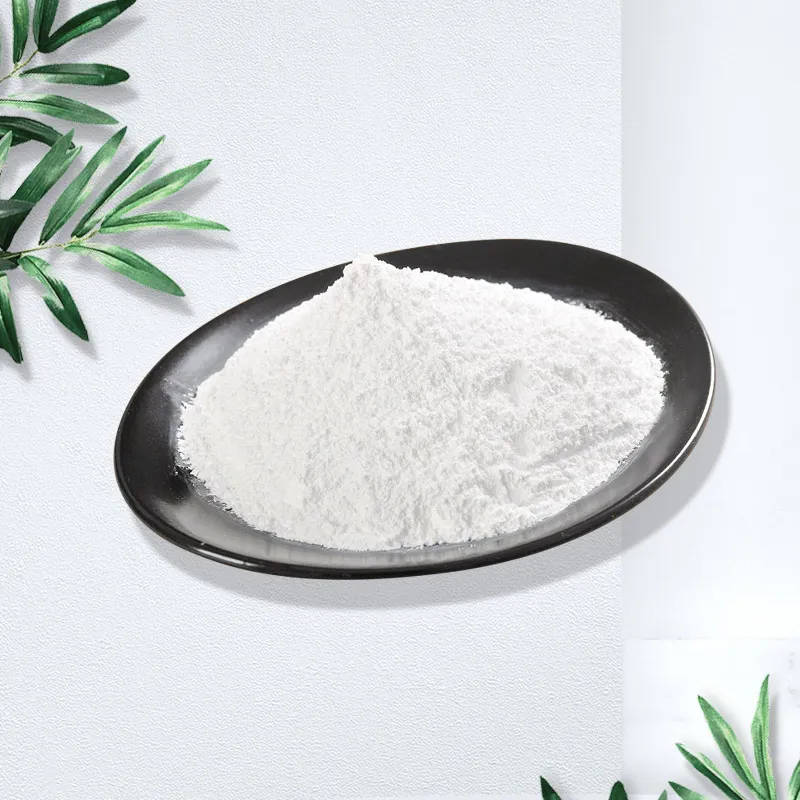
Barium Dihydrogen Phosphate
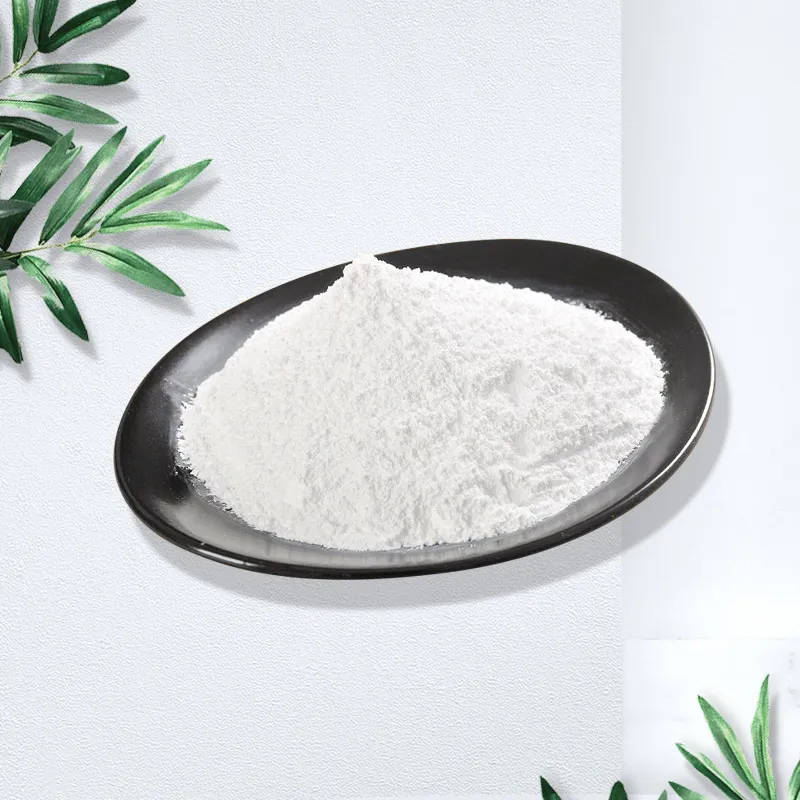
Copper Phosphate



